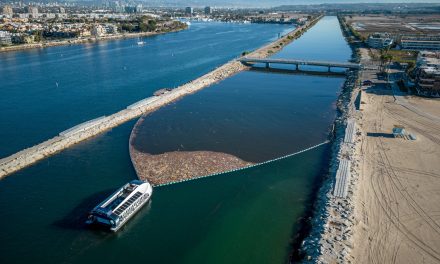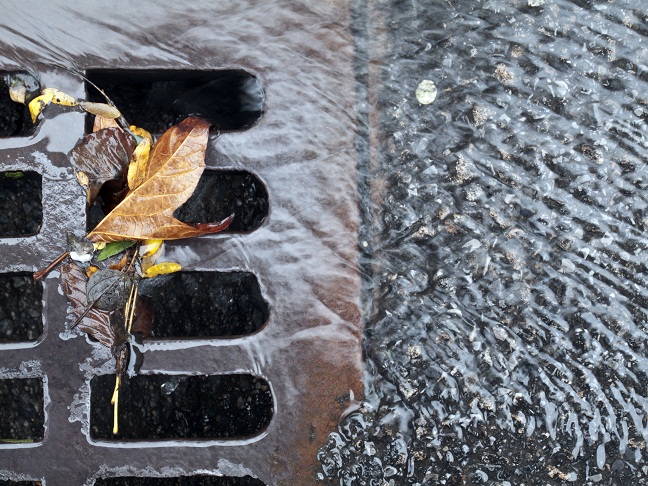On April 8, New Jersey Gov. Chris Christie’s administration announced a $202 million resiliency project in Union Beach, located along Raritan Bay, one of the areas hardest hit by Superstorm Sandy. The massive flood-control project ― funded by federal, state, and local contributions ― will include construction of levees, floodwalls, tide gates, and pump stations. The project also will rebuild beaches, dunes, and groins ― jetty-like structures that are designed to slow loss of sand from beaches. Additionally, more than 10 ha (25 ac) of degraded wetlands will be restored to help better absorb floodwaters.
Since Superstorm Sandy, New Jersey is working closely with the U.S. Army Corps of Engineers to build 11 new coastal and flood protection projects statewide. These projects, which will cost more than $1 billion, will help create an engineered, comprehensive shore protection system along the Atlantic coast. It also will bolster protections on the Delaware Bay coast, Raritan Bay, Sandy Hook Bay, and tidal portions of the South and Passaic rivers.
Additionally through acquisitions, New Jersey has obtained more than 80% of the property easements needed to enable construction of shore protection and flood mitigation projects along the state’s 204 kilometers (127 miles) of shoreline. Construction on three shore protection projects was to begin in April.
Work is also beginning on projects funded by $25.3 million in competitive matching grants received in 2014 under the U.S. Department of Interior’s Hurricane Sandy Coastal Resilience Grant Program. Projects include reusing dredged material to restore 36 ha (90 ac) of salt marshes, building green infrastructure solutions to coastal community hazards, and enhancing Liberty State Park’s marshes and upland habitats.
New Jersey also will receive $380 million to implement two flood-mitigation projects designed and selected through the U.S. Department of Housing and Urban Development-sponsored design competition, Rebuild by Design. Since then, the state’s Department of Environmental Protection (DEP) has been working closely with the towns within the project areas along with a diverse array of stakeholders to advance the design and development of these projects. New Meadowlands is a flood-risk-reduction project consisting of a large, natural reserve along the Hackensack River. The design involves an intricate system of green infrastructure, including berms and marshes, to protect against ocean surges and help reduce sewer overflows in adjacent towns. Resist, Delay, Store, Discharge is another flood-risk-reduction project. It will use hard infrastructure and soft landscape for coastal defense, while also addressing systemic drainage issues. Infrastructure will be built along the Hudson River, stopping floodwaters from intruding into Hoboken and parts of Weehawken and Jersey City.
Launched last November, DEP also expects to announce the winners of its Local Flood Risk Reduction Grant Program shortly. The $50 million grant program was open to Sandy-impacted communities to address flood risks and stormwater management as well as the beneficial use of dredged material.





